A clogged bathroom sink is a common issue that can disrupt your daily routine and create unnecessary stress. Thankfully, most clogs are simple to resolve without calling a plumber. With a few tools and some household items, you can restore your sink’s functionality quickly and efficiently. In this article, you’ll learn the causes of sink clogs, effective DIY methods to clear them, and tips to prevent future blockages.
Table of Contents
What are the common causes of a clogged bathroom sink?
Several things can cause a clogged bathroom sink. Hair is the most common culprit as loose strands get stuck in the drain and combine with other debris to form blockages. Soap scum also plays a big role by creating a sticky residue that narrows the pipes over time. Toothpaste and grooming products can also contribute to the problem by accumulating in the drain especially when mixed with hair and soap scum. In some cases foreign objects like jewelry or hairpins may accidentally fall into the sink and block the water flow. Knowing these causes will help you identify and fix clogs better.
What are the easiest methods to fix a clogged bathroom sink?
Fixing a clog doesn’t require special skills or expensive tools. The methods below are practical and cost effective.
Method 1: Use Boiling Water
One of the simplest ways to clear a clog is by using boiling water. Heat a pot or kettle of water until it reaches a rolling boil. Carefully pour the boiling water directly into the drain in small stages, allowing it to work for a few moments between pours. This method is particularly effective for clogs caused by soap scum or toothpaste, as the heat helps dissolve the residue. However, if your sink has PVC pipes, avoid this method since excessive heat can damage the material.
Method 2: Baking Soda and Vinegar Solution
A natural and eco-friendly method to unclog your sink is by using a combination of baking soda and vinegar. Start by removing any standing water from the sink to expose the drain. Then, pour half a cup of baking soda directly into the drain, followed by a cup of white vinegar. You’ll notice a fizzing reaction, which helps break down organic matter causing the clog. Cover the drain with a stopper or a damp cloth to contain the reaction, and let it sit for about 20 minutes. Finally, flush the drain with hot water to clear out the debris. This method is safe for most types of pipes and works well for organic blockages.
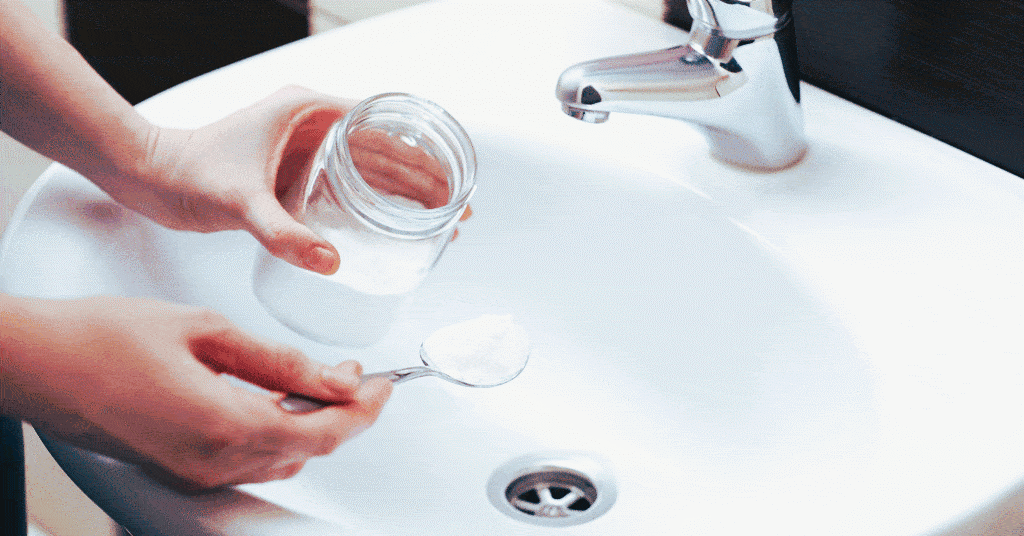
Method 3: Use a Plunger
A sink plunger is another effective tool for tackling clogs, especially those near the drain’s surface. Begin by sealing the overflow opening on your sink with a damp cloth to ensure better suction. Place the plunger over the drain, ensuring it forms a tight seal. Firmly push the plunger down and pull it up several times in quick succession to create suction that can dislodge the blockage. Afterward, remove the plunger and check if the water drains properly. If needed, repeat the process until the clog is cleared. For best results, apply a small amount of petroleum jelly around the plunger’s rim to enhance the seal.
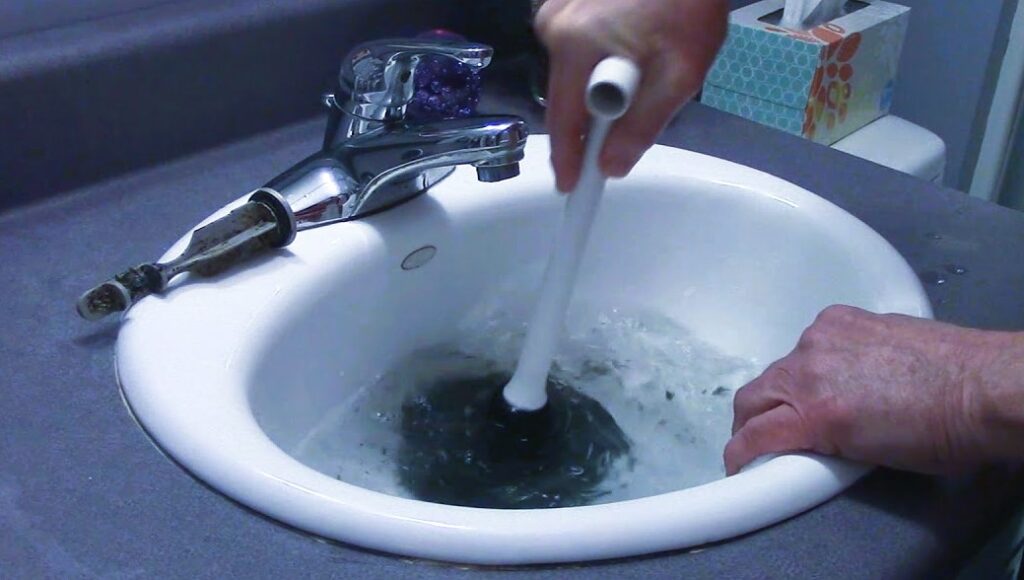
Method 4: Remove and Clean the P-Trap
If the clog persists, the P-trap may need cleaning. This is the curved section of pipe beneath the sink that often collects debris. Place a bucket under the P-trap to catch water or debris, and use pliers to loosen the slip nuts securing it in place. Carefully detach the P-trap and remove any buildup using a brush or your fingers. Rinse the pipe with warm, soapy water to ensure it is thoroughly clean before reattaching it. Once secured, run water through the sink to check for proper drainage and ensure no leaks are present. Cleaning the P-trap regularly can help prevent clogs from forming in the future.
Method 5: Use a Drain Snake
For deeper or more stubborn clogs, a drain snake is an excellent tool. Insert the snake into the drain and slowly feed it downward until you encounter resistance, which indicates the clog’s location. Turn the handle of the snake clockwise to break up the blockage while gently pushing it forward. Once the resistance eases, pull the snake out, bringing the debris with it. Flush the drain with hot water to ensure it is completely clear. If you don’t have a drain snake, a straightened wire hanger can serve as a makeshift tool for minor clogs.
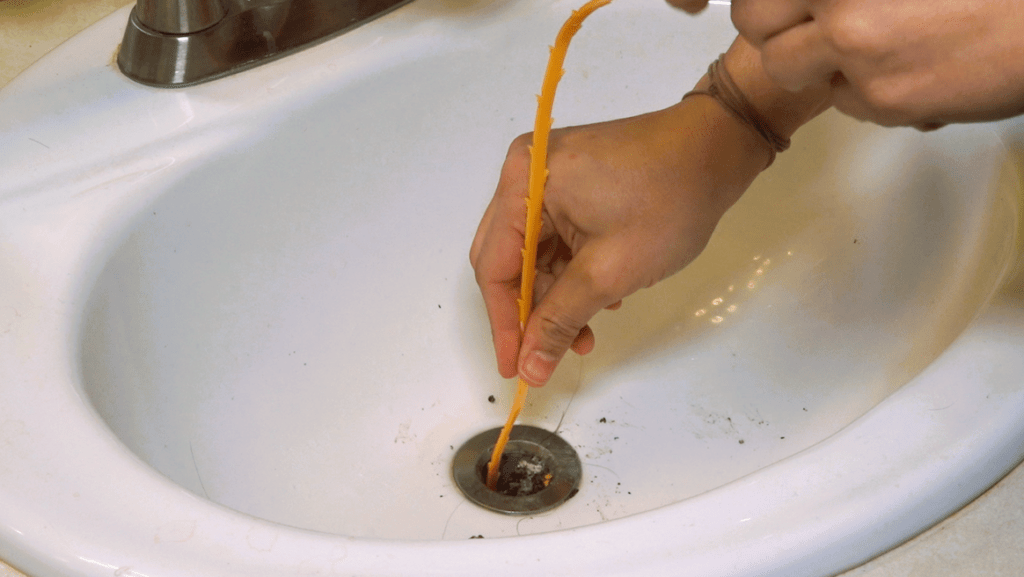
When to Call a Professional Plumber?
While these DIY methods are effective for most clogs, there are times when professional assistance is necessary. If the sink remains clogged despite trying multiple techniques, or if you notice water backing up into other drains, the problem may be more severe and require specialized equipment. Additionally, recurring clogs could indicate a deeper issue within your plumbing system, such as a blockage in the main sewer line. In such cases, it’s best to contact a licensed plumber to avoid further damage.
What maintenance tips help avoid clogged sinks?
Preventing clogs is easier than dealing with them. One of the simplest preventive measures is using a drain cover to catch hair and debris before they enter the pipes. Regularly clean the drain with natural solutions like baking soda and vinegar to prevent buildup. Avoid rinsing items like hair or leftover toothpaste directly into the sink, as these contribute to blockages. Finally, make it a habit to inspect and clean the P-trap periodically to keep your sink functioning smoothly.
FAQs
Q1: How do I use baking soda and vinegar to unclog a sink?
To use this method, pour half a cup of baking soda into the drain, followed by a cup of vinegar. Let the fizzing reaction break down the clog for about 20 minutes, then flush the drain with hot water to clear out the debris.
Q2: Can I use a wire hanger instead of a drain snake?
Yes, a straightened wire hanger can be a temporary alternative to a drain snake for minor clogs. Insert it carefully into the drain, hook the clog, and pull it out. However, a proper drain snake is more effective for deeper blockages.
Q3: How long does it take to unclog a bathroom sink?
The time required depends on the severity of the clog and the method used. Simple methods like pouring boiling water or using a plunger may take a few minutes, while cleaning the P-trap or using a drain snake could take 20–30 minutes.
Q3: What should I do if the sink remains clogged after trying DIY methods?
If your sink is still clogged despite trying boiling water, baking soda and vinegar, plunging, or cleaning the P-trap, it’s best to use a drain snake or contact a professional plumber. Persistent clogs may indicate a deeper issue in the plumbing system.

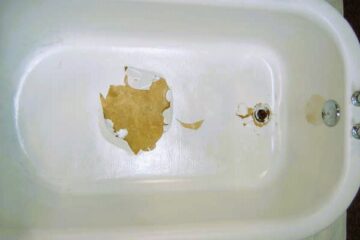

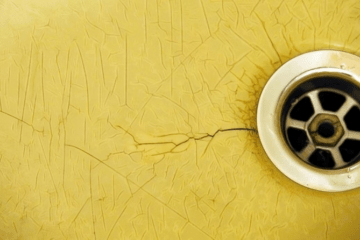
Really helpful guide. Thanks my issue is resolved.